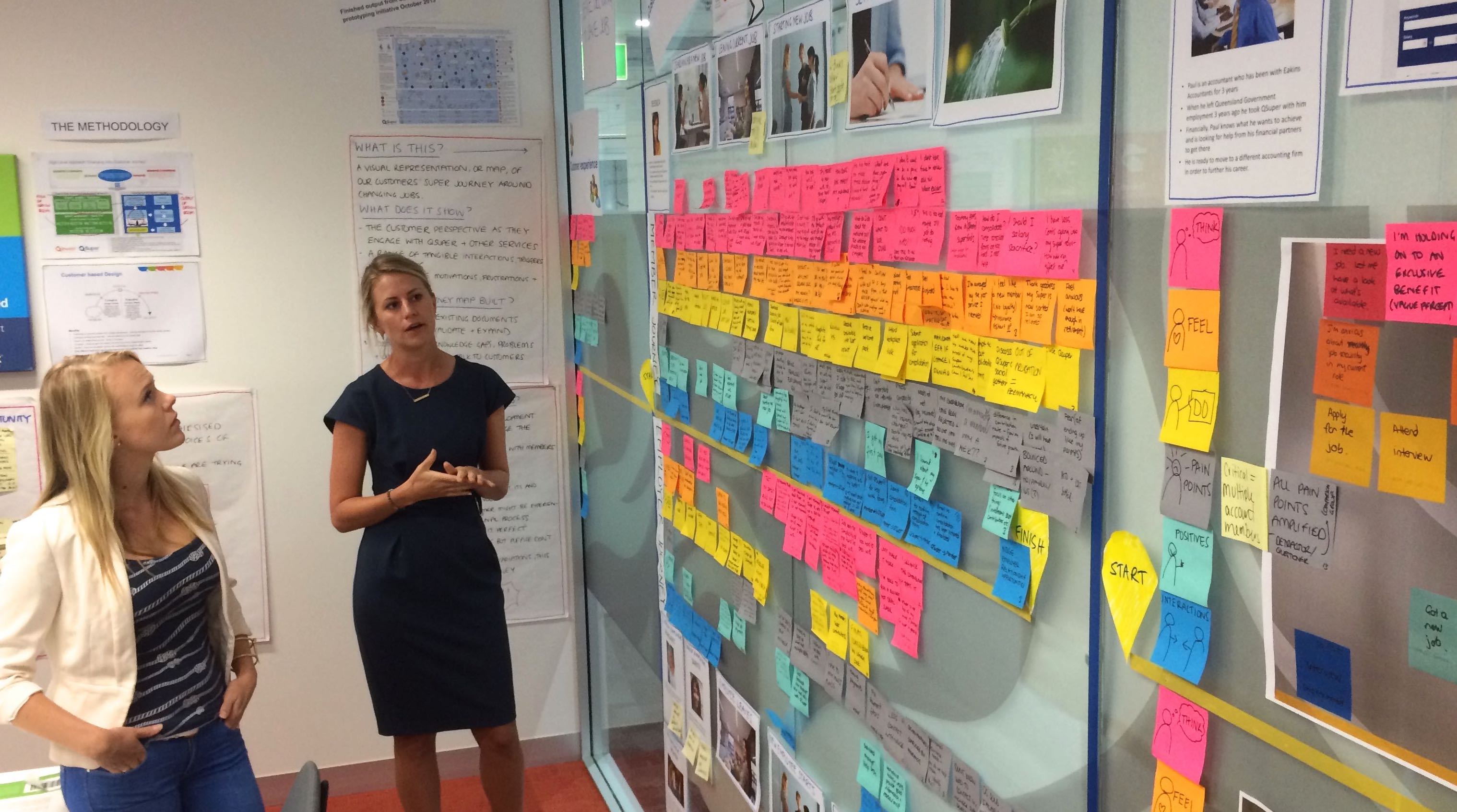|
|
Design is still a new approach to problem-solving in many organisations. Engaging a Design Partner will kick-start your program, so what’s the secret to ensuring your first engagement is successful?
In a recent round of research with 3rdView clients a fascinating insight emerged… it is actually really difficult to engage a Human-Centred Design (HCD) Partner. Many research participants told us they were only successful after showing fierce determination within their organisation that HCD was a necessary and critical part of their response to a challenge they were facing.
If you’re looking to introduce a partner to help shape your organisations HCD journey, read on to find out how 3rdView clients made it happen…
Why is it so hard to engage a Design Partner?
There are a number of reasons why engaging a design partner (or consultant) is difficult. Here are five (5) reasons our research revealed:
1. “This is new, how does it work?”
They’d never engaged a HCD consultant before so they didn’t really know how these engagements work.
2. “We don’t know enough to sell HCD internally”
Our clients knew in their gut that they needed HCD, but few people in their organisation understood it enough to invest in it. They found themselves having to explain or justify HCD over and over.
3. “Our procurement processes don’t cater for this”
Most organisations require defined, quantifiable benefits in advance before funds will be released. Some have a panel for consulting service providers, but when the panel was established, HCD wasn’t on their radar, so there are no HCD specialists readily available. While they could engage a general consultancy this comes with its own risks. Engaging a new HCD partner creates work, and may require workarounds of established systems.
4. By its nature, HCD does not deliver predictable, tangible benefits quickly
Each of the 3rdView clients we interviewed told us that the value realised through engaging us ‘well exceeded their expectations’. It inevitably changed their organisations, and often their careers, their perspectives and their lives. The benefits associated with engaging a HCD partner are often different to traditional projects. Benefits are often intangible, informational and unpredictable. They don’t always provide the answer, but they always inform the next step.
5. Applying HCD takes courage, openness and patience
If a challenge is worth solving, it is worth understanding the underlying issue from multiple perspectives before deciding a course of action. This is not always a popular approach when there are time pressures on leaders to deliver. Many of our clients found it hard to find leaders prepared to take a ‘leap of faith’ on HCD.
How can you overcome these challenges to make HCD happen?
Here are five (5) tips direct from 3rdView clients to help you engage a HCD Partner as part of your response to the important challenges facing your organisation.
1. Find a committed sponsor
To engage any external party, especially a new provider, you will need the support of someone with the authority and influence to make it happen. To engage a HCD partner, your sponsor will need to agree that you have an important challenge to address, and share your enthusiasm and commitment that HCD is a critical component of your response, relative to the available alternatives.
A number of our clients had to work hard over an extended period of time to convince their sponsors to invest in HCD. They achieved this through a mix of success stories from other contexts, and a significant body of evidence that existing internal approaches had repeatedly failed to deliver the desired outcomes.
2. Start with a conversation
Choosing a HCD partner starts with a conversation. The right partner will take the time to listen to the challenge(s) you are trying to respond to, and the type of support you need to introduce HCD into the mix. They will be ready to include your sponsor (and others key influencers) in the conversation at the appropriate time to explore options to proceed.
Don’t be pressured into making a significant first-up investment with a ‘partner’ who doesn’t demonstrated a deep understanding of HCD and the challenges and benefits of introducing it to a new organisation. The right HCD partner will advise you on how to make the most of whatever budget you are able to secure. They will know that there are a number of different ways to introduce HCD to your organisation, e.g. conducting preliminary customer research, redesigning a ‘broken’ customer experience, or building internal capability.
3. Know your organisation’s procurement process
Rather than waiting until you are ready to engage a HCD partner, invest some time learning how your organisation procures services. Find out if there is a precedent for engaging partners who deliver services that don’t necessarily deliver tangible, short-term, benefits, e.g. strategy facilitators. Find out what is required to secure funding and what spending authorities different roles have.
4. Consider creative ways to fund your efforts
If you feel strongly that HCD is going to be critical to your response, you can explore diverting existing funding from other committed expenditure that is no longer delivering value to the organisation. A great example of this is annual ‘set and forget’ quantitative customer research surveys that haven’t been updated for a number of years, or licensing fees or subscriptions for products and services that are no longer relevant to the organisation.
5. Choose the right opportunity to start
While some organisations introduce HCD on their most pressing strategic challenges, we suggest you start small to mitigate risk and build incrementally as the organisation becomes more accustomed to deriving value from HCD.
Chat to 3rdView about how we can help you kick-start the Design journey in your organisation!



